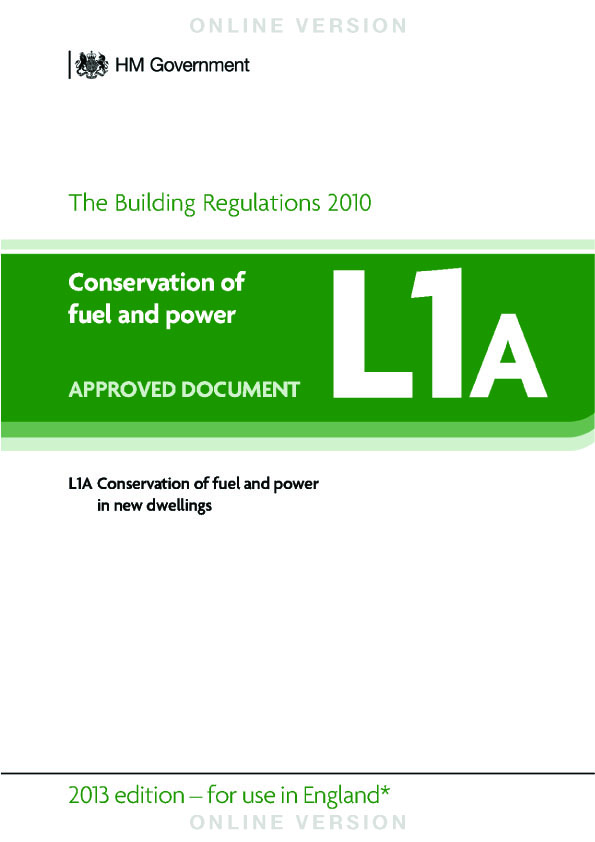-
Changes to Approved Documents Part L in 2014
 The 6th April 2014 sees the introduction of updated Approved Documents for Part L – Conservation of Fuel and Power – from the current 2010 documents.
The 6th April 2014 sees the introduction of updated Approved Documents for Part L – Conservation of Fuel and Power – from the current 2010 documents.With the introduction of the updated guidance there is a period of transition, meaning, that if the Building Regulations Application is made prior to the 6th April 2014 and commenced before April 2015 the project will be assessed under the 2010 documents.
The proposed changes in 2014 apply to the whole set of Part L Approved Documents, however, the DCLG (Department of Communities and Local Government) have published the following documents ahead of the implementation date(please click on the links below to open a PDF copy of the documents):
DCLG are yet to publish the fully revised versions of Approved Document L1B 2013 Edition: Conservation of Fuel and Power (Existing Dwellings) and Approved Document L2B 2013 Edition: Conservation of Fuel and Power (Existing Buildings other than Dwellings), these will be published prior to the 6th April 2014, however, the proposed amendments are available from the Planning Portal.
So what are the proposed changes?
It is easier to start with Documents L1B and L2B. The majority of the changes relate to updates to references to standards and external guides. These changes also take into account the European Energy Performance of Buildings Directive. Significant amendments within the Approved Document L2B are the changes to Table 3 – Standards for Controlled Fittings. Most notably is the split in the performance requirements for windows, roof windows and rooflights. The table now separates between windows that are essentially domestic, ie student accommodation, care homes or similar uses where the occupancy levels and internal gains are essentially domestic in character, and all other windows. The windows that are domestic in character are required to achieve the standard of 1.6 W/m2K or a rating of C, whereas all other windows should achieve a standard of 1.8 W/m2K for the whole unit.
For Approved Document Part L1A – New Dwellings – the amendments set a requirement for new dwellings to achieve a 6% carbon improvement on the 2010 Regulations, this is across the whole building. The emphasis will be on the building fabric, which sees the introduction of the Fabric Energy Efficiency Target. The SAP calculation and regulations now refer to the Dwelling Fabric Energy Efficiency (DFEE) and the Target Fabric Energy Efficiency (TFEE).
For Approved Document Part L2A – New Buildings other than Dwellings – the changes are for a 9% carbon improvement on the 2010 Regulations, again across the fabric or the building mix. With the SBEM calculations being based on the Notional Building the document includes a wider set of notional buildings and includes air permeability sub divided to reflect building size.
All the published documents have been revised to be in the new style of document with easier referencing and indexing.
Please remember that there is a transitional period from the introduction of the revised Regulations. This means that if the Building Regulations Application is made prior to the 6th April 2014 and commenced before April 2015 the project will be assessed under the 2010 documents.
If you require assistance with Building Regulation Compliance for your project please contact us – questions@daylebayliss.co.uk





